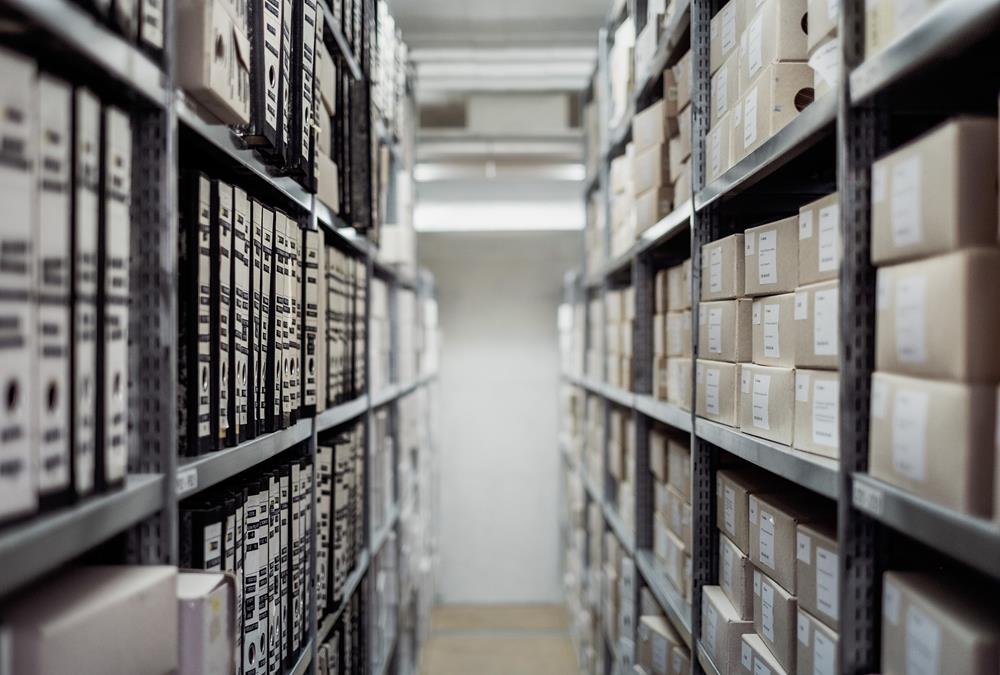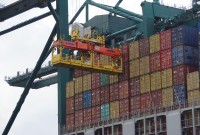- Home
- Business Processes
- Industry Knowledge
- Aerospace Industry
- Automotive Industry
- Banking Domain
- BFSI Industry
- Consumer/ FMCG Industry
- Chemicals Industry
- Engineering & Construction
- Energy Industry
- Education Domain
- Finance Domain
- Hospitality Domain
- Healthcare Industry
- Insurance Domain
- Retail Industry
- Travel and Tourism Domain
- Telecom Industry
- Leadership Skills
- eLearning
- Home
- Business Processes
- Warehouse Management
- What is a Warehouse & why companies need them?
What is a Warehouse & why companies need them?
All organizations hold stocks. In virtually every supply chain, gaps exist between when something is produced and when a customer is ready to buy or receive it. Stocks occur at any point in the supply chain where the flow of materials is interrupted. This implies that products need to be stored during this period of gap.
All organizations hold stocks. In virtually every supply chain, gaps exist between when something is produced and when a customer is ready to buy or receive it. Stocks occur at any point in the supply chain where the flow of materials is interrupted. This implies that products need to be stored during this period of gap. Simply put, warehouse is a building for storing goods. Most organizations arrange for stocks to be kept in warehouses. A warehouse is any location where stocks of material are held on their journey through supply chains.
Other than providing storage, warehouses also fulfill a range of commercial functions like receiving the goods, stockpiling and dispatching goods to customers; during the process also displaying goods for commercial buyers; packing, checking and labelling orders, and dispatching them.
Warehouses are used by manufacturers, importers, exporters, wholesalers, transport businesses, customs, etc.
They usually have loading docks to load and unload goods from trucks. Sometimes warehouses are designed for the loading and unloading of goods directly from railways, airports, or seaports. They often have cranes and forklifts for moving goods, which are usually placed on standard pallets loaded into pallet racks. Apart from storage, they are used to inspect, sort materials and break bulk (taking large deliveries and breaking them into smaller quantities). They might also be used for finishing products, labelling, packaging, making products ‘store ready’ for retailers, doing other aspects of postponement, servicing vendor managed inventories, and so on.
Why we need Warehousing?
Once the goods have been manufactured, someone owns the products till they are delivered to end customers and has its money tied up in them. Hence someone needs to keep track of where those products are and protect them from damage. Warehouse enables the businesses to stockpile these goods and manage them before further distribution. Storage also includes a proper arrangement for maintaining goods from the time of their manufacturing or purchase till they are truly used. When storage is managed on a large scale and in a particular manner it is known as warehousing. Warehousing is one of the essential elements in current day business without which business is not possible.
Given below are the key benefits of the warehouse:
- Safety and Preservation of goods, preventing them from getting lost or stolen.
- Trouble free handling, reduce errors and damages in the order fulfillment process.
- Ensuring Continuous supply of products, ensuring timely delivery and optimized distribution.
- Warehouses helps price stabilization by creating time utility.
- Serve as local and regional store distribution centers and provide the facilities of packing, processing and grading of goods.
Related Links
You May Also Like
-
Business Case of Multiple Warehouses
Adding extra warehouses to business provides many benefits such as reducing shipping costs, increasing storage capacity, and having warehouses for specific purposes to simplify overall warehouse management. Multiple warehouses allow you to organize your inventory in a way that helps your business be more effective.
-
At a high level, the essential elements in a warehouse are an arrival bay, a storage area, a departure bay, a material handling system and an information management system. As part of the process for enabling a warehouse layout, you must define warehouse zone groups, and zones, location types, and locations.
-
Resource Planning is the process of planning for expected workload and determining the number of resources required to complete each activity in the warehouse. There are many types of warehouse positions, and they also vary by the employer, the scale of operations and location. Discussed here are generic positions applicable to warehouse management processes.
-
Warehouse management and distribution logistics involve the physical warehouse where products are stored, as well as the receipt and movement of goods takes place. Warehouse management aims to control the storage and movement of products and materials within a warehouse. These operations include the receipting of inwards goods, tracking, stacking and stock movement through the warehouse.
-
When a customer wants a product that has been stored in the warehouse, the same need to be picked off the shelf (or off the floor) and get it ready for shipping. Depending on how big is the warehouse, picking can take a while. (Many distribution centers cover more than 1 million square feet.). Hence, warehouse order picking methods are an important aspect within any warehouse.
-
Types of Order Picking Methods in the Warehouse
There are many different types of picking in a warehouse and each one works as a customized solution for each business. Depending on the size of your warehouse and inventory, the manpower you have on hand, and the number of customer orders made each day, there may be certain methods that are more efficient for you than others.
-
In the normal course of business, customers are likely to return orders from time to time due to various reasons and business should design processes the manage and accept such returns. A well designed returns management process can reduce costs and issues associated with returns or exchanges.
-
To stay competitive in today’s tough market, the location of your warehouse is vital. To grow retail business need to offer to customers faster and affordable shipping time, which is dependent on the warehousing location as the location of the warehouse affects the transit time to ship orders to customers.
-
When products arrive at a facility, there need to be a defined process to let them in. The process for accepting inventory when it arrives is called "Receiving". Any warehousing operation must be able to receive inventory or freight from trucks at loading docks and then stow them away in a storage location. Receiving often involves scheduling appointments for deliveries to occur, along with unloading the goods and performing a quality inspection.
-
The Outbound process starts with routing the shipments. The Outbound execution process starts from the point when pick tasks are completed for an outbound shipment and ends at the point where the outbound packages are loaded into trailers. The Warehouse Outbound process includes managing and controlling outgoing materials starting from the download of orders through to the shipping of products from the warehouse.
Explore Our Free Training Articles or
Sign Up to Start With Our eLearning Courses

About Us
Learning
© 2023 TechnoFunc, All Rights Reserved










